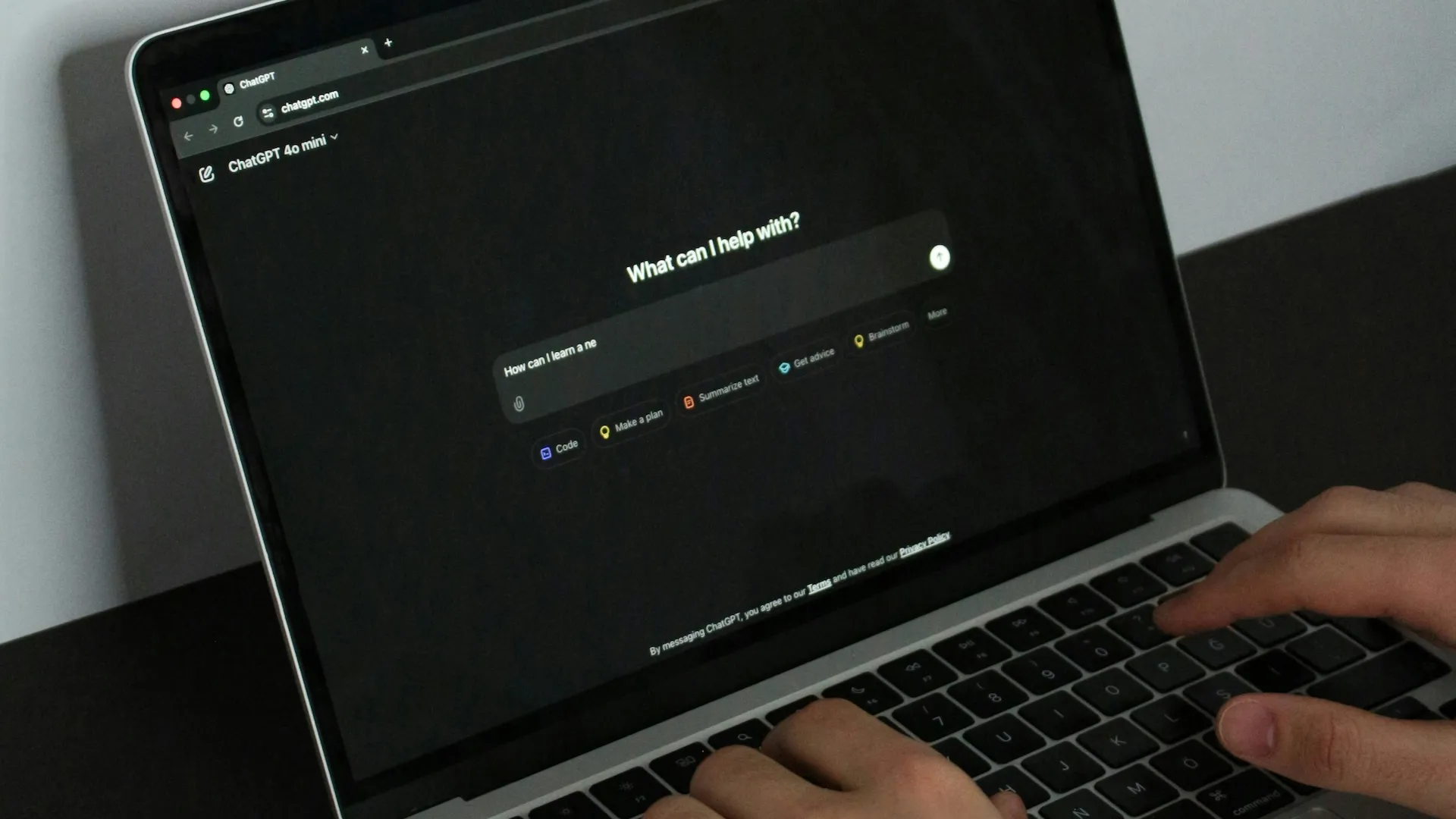
Four Tips From Marketers to Improve Your GPT Prompts
One of the most popular names in AI right now, OpenAI introduced the world to the first generative pre-trained transformer, or GPT, in 2018. It wasn’t until five years later, in 2023, that it would take off in the public sphere. In the two-plus years since then, large language models (LLMs) like OpenAI’s ChatGPT, Microsoft’s Copilot, Google’s Gemini, Anthropic’s Claude, and Perplexity have come a long way.
Their users’ understanding of how to best use their platforms, however, has not.
Interacting with GPTs, which has come to be called “prompting,” is an art. Given the algorithms’ complexities and the sheer power of their output, it takes knowledge and skill to use them at their highest potential.

Why Prompting Is Important
To the untrained marketer, it may seem silly to spend so much time learning how to talk to a GPT. Google and Bing understand you, and so do your family members and friends, right? Well, search engines and humans have been around for a lot longer—and have learned from one another. GPTs are infants in comparison and still have a long way to go. Using them, as the saying goes, is like building the plan as you fly it.
Here’s why it’s important to be strategic in the way you interact with LLMs:
- Everyone is using GPTs. ChatGPT alone reached a record number of 5.19 billion visits in March 2025, meaning it’s highly likely that your competitors are leveraging GPTs, too. You not only have to use it, you have to use it better.
- Your input impacts its output. LLMs learn as they work, so the ways in which you interact with the system have an impact on how it evolves. We often hear “garbage in, garbage out,” but “gold in, gold out” is also true.
- GPTs are not environmentally friendly. Not to pick on OpenAI, but ChatGPT is estimated to emit 8.4 tons of carbon dioxide annually and use one bottle of water per 100-word response. The more efficient you are with prompts, the better.
How to Improve Your GPT Prompts
Given the importance of competition, quality and sustainability, it’s clear that brands need to optimize their GPT prompts. That task is easier said than done. After all, having a conversation with a machine is a relatively new concept—especially for companies that are just now dipping their toes into the world of AI and automation.
Specific to marketing content, here are our experts' four tips on how to increase the quality of your GPT prompting:
1. Provide context.
In human conversation, context is paramount. The same is true in convos with ChatGPT.
- Specify your audience. The recipient of your message is a crucial part of the context, so let the LLM know for whom you are writing.
- “Tell me how to market to [industry/group]...”
- “Write an email to customers who’ve attended one of our events…”
- “Come up with ad copy that appeals to Gen Z…”
- Set your situation. Time and place are important contexts in prompts, too, so don’t forget them when appropriate.
- “This social post will be published on New Year’s Day…”
- “My readers are all in startup mode…”
- “Consider that our audience is concerned about a pending recession…”
- State your purpose. Every prompt will have a goal, especially when you’re developing marketing content, so let the LLM know what that is.
- “Write a speech to inspire…”
- “Draft a blog post that educates…”
- “Create an email that entertains…”
2. Include details.
It sounds like a no-brainer, but offer as many relevant details as possible. Remember that what may seem obvious to you may not be to a GPT.
- Provide style guidelines. You’ve probably spent a lot of effort (and possibly many years) defining and refining your brand voice and style, so give the GPT a chance to mimic it.
- “Write in the style of [author/publication]...”
- “I want to come across as serious and somber…”
- “Pretend to be a character who’s curt and uses a lot of sentence fragments…”
- Give perspective. Even if it is irrelevant to the content at the surface level, there may be important perspectives and values that your company holds that influence the output.
- “Use third-person plural point of view…”
- “Write as if you’re a well-traveled person…”
- “We are a woman-owned company, so write from a woman’s perspective…”
- Use descriptors. GPTs will be as descriptive or simplistic as you want, but you need to let it know which you prefer. The more detail you provide, the fewer attempts you have to make.
- “Include the product’s color, size, shape and price in the copy…”
- “Create a professional yet playful social post with current pop culture references…”
- “Make sure to use the words [word] and [word] in the email…”
3. Offer examples.
GPTs do not create content out of thin air; they analyze content from across the web to present you with what you want, so don’t be shy about pointing it in the right direction—or steering it from the wrong one.
- Give good examples. Tell the GPT that you want the output to match in format and style to what’s on your current website, or share a site or article you want it to replicate.
- “Mimic the tone of [publication]...”
- “This article should fit in with our other articles on [link]...”
- Give bad examples. Knowing what not to do is sometimes even more important than knowing what you should do, and the same goes for GPTs.
- “Avoid sounding like [publication]...”
- “Don’t write in a similar style to [competitor]...”
4. Request formats.
Your content's format is sometimes equally important as the content itself. Let the GPT of your choice know what you want the output to sound and look like to get the best results.
- Dictate a length. GPTs are generative at heart, which means they can keep producing and producing. Give it some parameters so it knows where to stop.
- “Create a blog post with no more than 800 words…”
- “Craft a short and snappy social post…”
- “Describe the current state of the cannabis industry in as few words as possible…”
- Provide outlines. Maybe you know what you want to say, but you simply don’t have the time to fully flesh out your idea. That’s okay—give the GPT an outline and let it run with it.
- “Fill in the gaps between these two ideas…”
- “Turn these bullet points into a blog post…”
- “Use the transcription from this video to write three LinkedIn posts…”
- Guide the grammar. There’s more to a brand voice than personality. Specify the grammatical and syntactical rules you use, if they’re important to the output and brand.
- “Write in AP Style…”
- “Use sentence fragments to make important points…”
- “Feel free to use Southern eye dialect…”
Bonus tip: You can also ask the GPT to write your prompt! Ask the model how you can help it help you.
Who to Call for GPT Support
Even something as easy as asking ChatGPT to write an email requires some strategy if you want to market your brand well. Provide context, include details, offer examples and request formats to get the best output possible—because everyone else is using it as well, and you certainly don’t want to hurt the environment more than necessary.
If this simple request seems way less simple than you thought at the start of this blog post, you may want support. And that’s okay, because you’re in the right place. Our experts are trained in interaction with GPTs and know what quality content marketing looks like. Let’s take your company through our proven Discovery Phase process in 30 days and see what we uncover.
Cody H. Owens,
Content Director